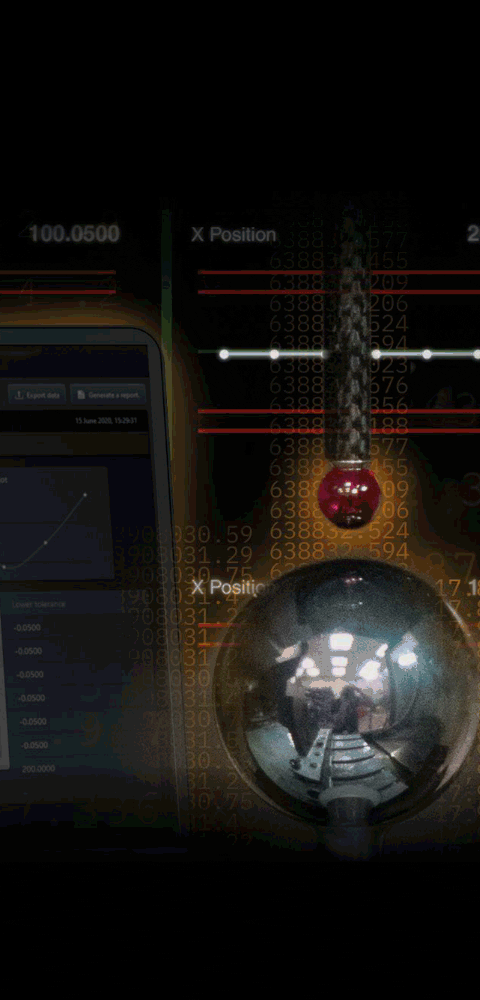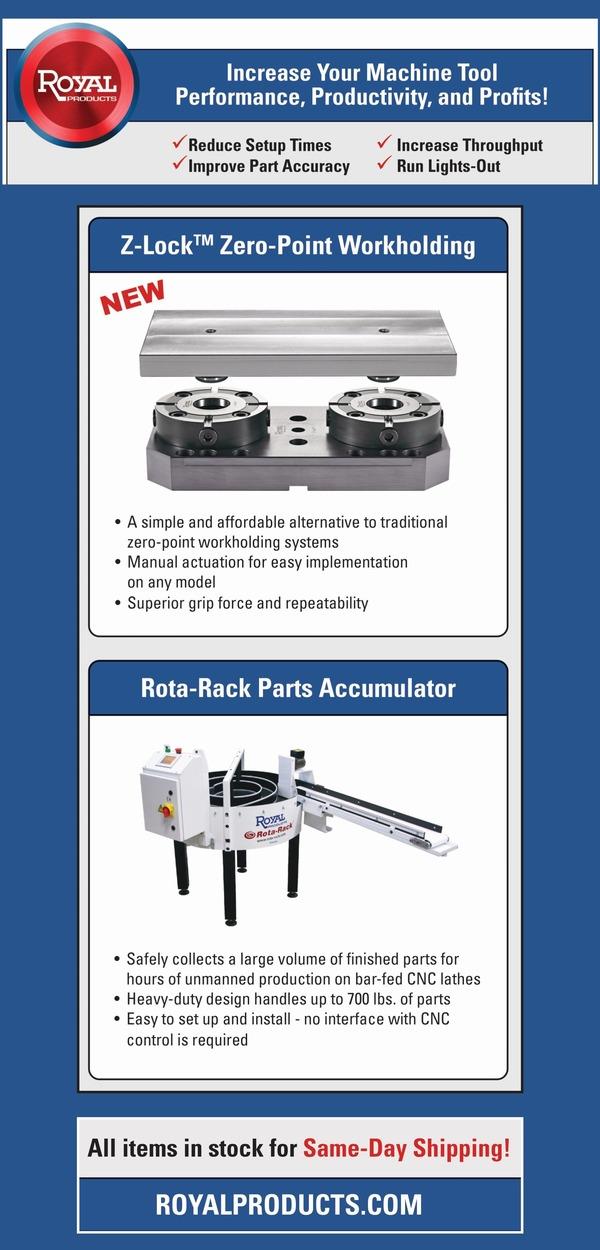










High-Hardness Ferrous Metal Matrix Products Now Achievable
March 1, 2015
The NanoSteel Company has expanded the company's engineered powders business into additive manufacturing. By leveraging its uniform metal matrix microstructures in the laser-sintering process, the company was able to build a crack-free, fully dense bulk sample. NanoSteel's initial focus in additive manufacturing supports the market need for on-demand, on-site wear parts while addressing the current challenges in 3D printing of high-hardness parts.
NanoSteel's breakthrough overcomes one of the major hurdles to achieving a high-hardness metallic part through additive manufacturing - the tendency to develop cracks during part builds. The company worked with a global process development partner to optimize processing of a proprietary NanoSteel alloy with a high volume fraction of borocarbide phases. "This successfully produced a fully dense (99.9%) crack-free part with hardness values over 1000 HV, wear resistance comparable to conventionally manufactured M2 tool steels, and a uniform microstructure," said a company spokesperson. "Importantly, these properties were achieved without the need for post-processing, such as hot isostatic pressing (HIP) or further heat treatment, reducing production cost and lead times."
"Currently, the material options to produce highly wear-resistant parts through additive manufacturing are limited," said Harald Lemke, NanoSteel's General Manager of Engineered Powders. "By extending the reach of steel into markets currently served by WC-Co, ceramics and other non-ferrous metal matrix metal composites, NanoSteel has the potential to generate cost-efficient wear parts to serve the tooling, mining, energy and transportation industries in applications such as pumps, bearings and cutting tools."
According to the spokesperson, the company is currently extending this breakthrough into more complex geometries and broadening its property sets to fully validate the market potential for 3D printed steel components.
For more information contact:
The NanoSteel Company
272 West Exchange Street, Suite 300
Providence, RI 02903
877-293-NANO
info@nanosteelco.com
www.nanosteelco.com
< back